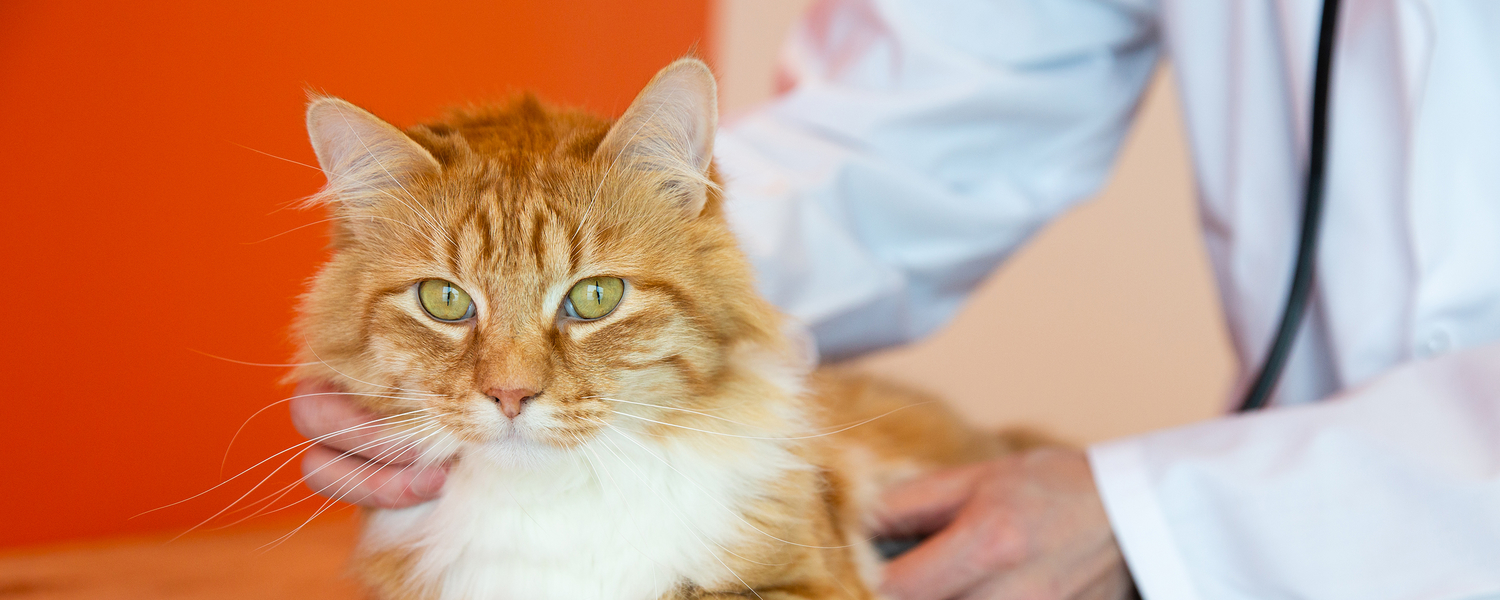
A Small Animal Surgeon
Introduction
Watch the video below to meet Dr. Schiller!
Hip (Nîthihu) Replacement- Preoperation
Pre-operative refers to the time before a surgical operation when the veterinary team is preparing the patient for anesthesia and surgery. This can include procedures such as a physical exam, routine blood testing, and pre-surgical imaging.
Hip (Nîthihu) Replacement- Post-operation
Post-operative refers to the time after a surgical operation when the veterinary team is waking the patient from anesthesia. It involves monitoring vital signs, normalizing bodily function, controlling pain, and post-surgical imaging.
Hip (Nîthihu) Replacement Radiographs (Tachâ mehen ûth owahâwîchakiyabi)
Hover over the images below to learn more!
Preoperation Radiographs (Tachâ mehen ûth owahâwîchakiyabi)
In a normal pelvis, the hip (nîthihu) joint looks like a socket and the femur has a nice round ball at the end of it. This socket and ball fit together, with the socket “hugging” the femur to make the joint stable. In Nika's X-rays (Tachâ mehen ûth owahâwîchakiyabi) you can see that she has a very shallow socket- it almost looks flattened. This is because her femur has been rubbing around the rim of her socket, wearing it down and making it a flat surface. The ball of her femur has also undergone some changes – instead of being a nice, round ball it has become squished and flattened out. This is what we call degenerative arthritis, which is a consequence of hip dysplasia. This means that when Nika was a puppy, her hip was loose and there was a lot of movement. This resulted in the bones wearing abnormally. We can see that Nika’s hind leg muscles aren’t as big as they normally would be, and this is because her hips have been painful and she’s been shifting her body weight to her front legs
Dr. Schiller Interview
Watch a more in-depth interview with Dr. Schiller below!
